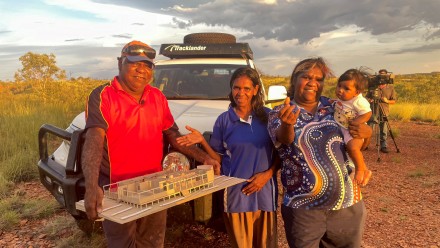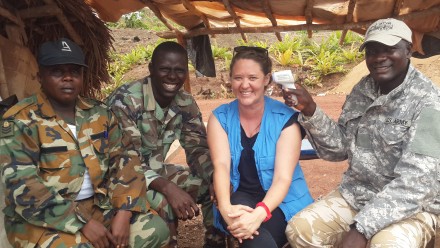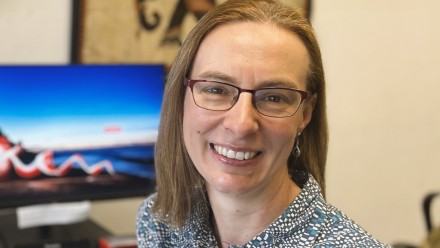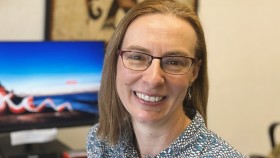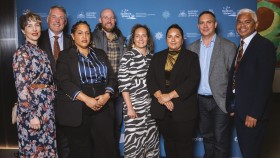February report for Integration and Implementation Sciences
Share
Good News
Gabriele Bammer successfully chaired the interdisciplinary selection panel for the Austrian Science Fund’s inaugural Young Independent Researcher Grants in Vienna in December. It was highly competitive with 58 interdisciplinary applicant teams. Seven grants worth a total of 13million Euros were awarded. She was invited to chair the panel again for the 2019 round.
Gabriele Bammer was approached for advice by the Dean of the College of Health Solutions at Arizona State University, along with the College’s Director of Translational Science, on incorporating her Integration and Implementation Sciences work into a new translational health sciences degree program.
Research
December saw significant progress in the development of a workshop entitled “Collaboration and Integration: when are they not needed?” organised by the Collaboration Lab, which is funded by the New Zealand Our Land and Water National Science Challenge. The workshop will be co-hosted and co-facilitated by Gabriele Bammer and will be held in Lincoln, New Zealand in February.
Research impact
See above under good news. Gabriele Bammer joined the North-American-based HIBAR (Highly Integrative Basic and Responsive) Research Alliance Collaborative Action Group #3, on the topic of cooperation with other key organizations.
Publications
December contributions to the i2Insights blog (http://i2Insights.org) covered undertaking conceptual modelling of complex problems, as well as the second contribution from the RSPH PopulationHealthXchange, which is a blog post by Erin Walsh on using scatterplots as an interdisciplinary communication tool. Gabriele Bammer published the third annual review of the blog (Bammer, G 2018) ‘Building a global community to improve how complex real-world problems are tackled’ Integration and Implementation Insights, December https://i2insights.org/2018/12/18/third-annual-review-2019/), which highlighted significant advances in the blog’s progress and the most widely viewed blog posts. 221 blog posts have been published covering 250 topics ranging from collaboration to modelling to research implementation. 250 people have authored blog posts with 59 new and 18 returning contributors in 2018. The blog is read in 177 of the 193 countries recognised by the UN.
Gabriele Bammer and Peter Deane produced the November/December i2S News (https://i2s.anu.edu.au/what-i2s/i2s-publications/i2s-news), which features the dialogue method of appreciative enquiry, and provides information about the International Journal of Applied Systemic Studies, as well as the SDG (Sustainable Development Goals) Transformations Forum. Information is also provided on five upcoming conferences. These have all recently been added as resources to the Integration and Implementation Sciences website (https://i2s.anu.edu.au/resources).
The sixth in the GAIA journal’s series of frameworks for transdisciplinary research (for which Gabriele Bammer is commissioning editor) was published: Bammer, G. Commissioning editor, Frameworks for Transdisciplinary Research Framework #6 2018 ‘Context in the interaction between research and government policy’ by Vanesa Weyrauch and Leandro Echt, GAIA, 27(4) 344; https://doi.org/10.14512/gaia.27.4.3





